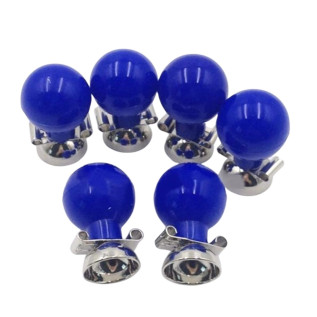₹10,000.00₹12,000.00Regular price-₹2,000.00 offPrice
Monitor your heart health with the Sunfox Spandan Neo Portable ECG Device . This portable ECG for home use ensures a quick and reliable check with 99.7% accuracy . The Sunfox Spandan Neo Portable ECG Device is designed as a personal ECG machine and features an easy to use 12 lead ECG ...
₹10,000.00₹12,000.00Regular price-₹2,000.00 offPrice

























